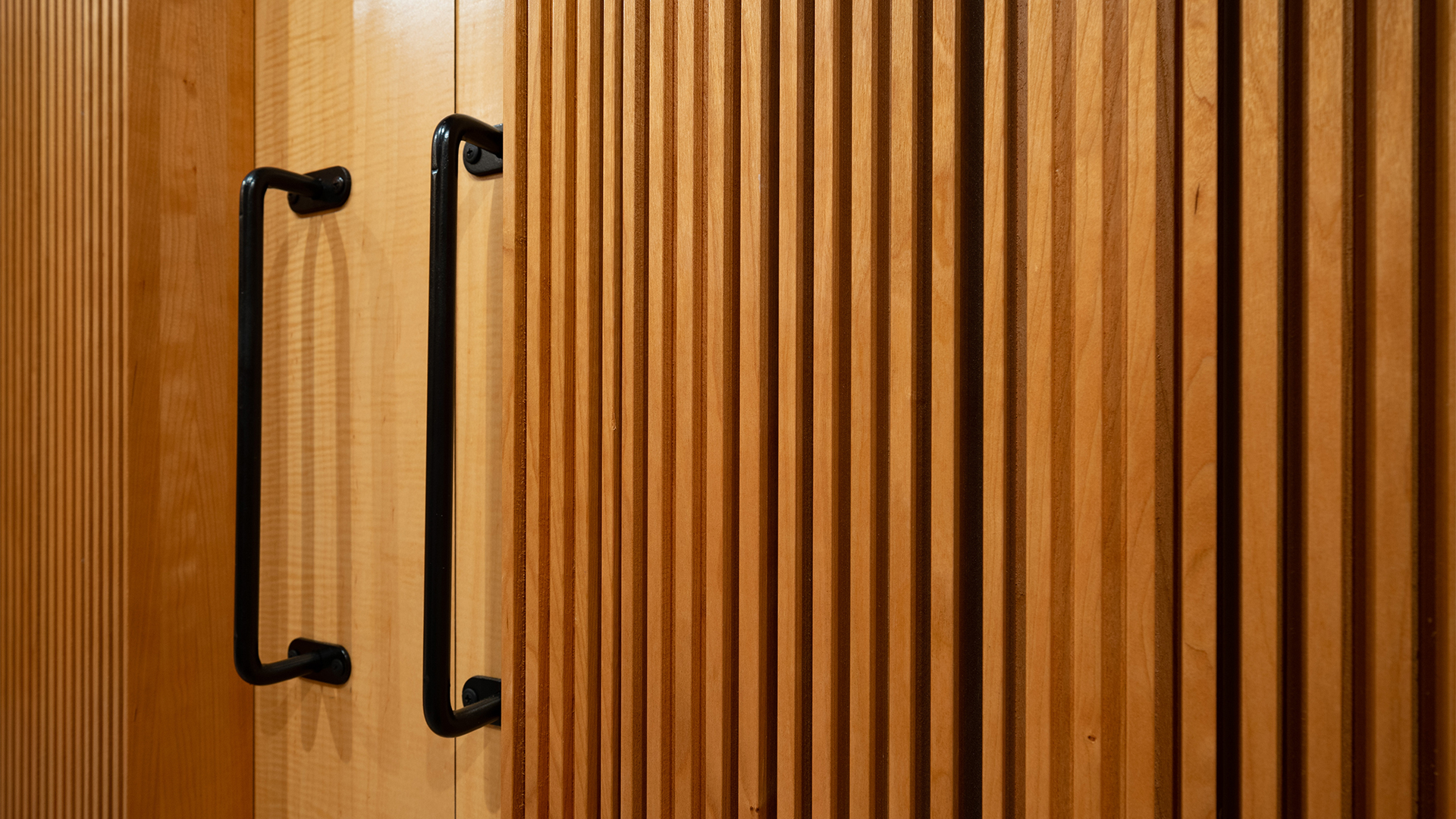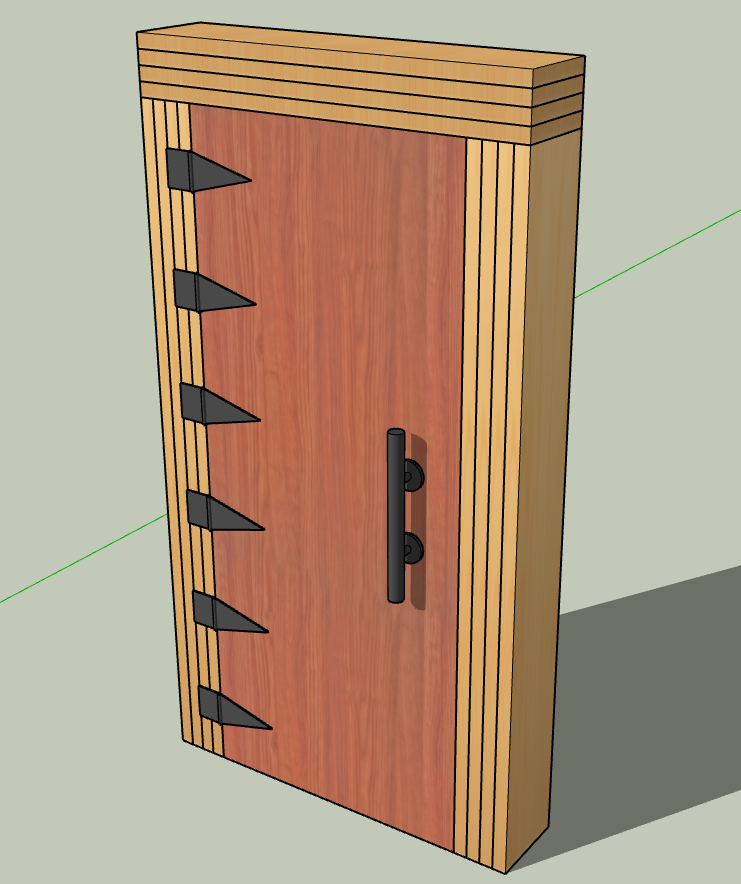
Let’s begin this discussion on soundproofing for doors with some definitions. There is no such thing as soundproofing. Nothing with sound is ever “proofed”. There are no absolutes. Sound is managed or mitigated. We lower levels of sound. We never get a complete solution. We lower sound levels below existing ambient levels to have lower nuisance value. Soundproofing for doors is much more than just the door. We must look at the complete noise system that the door is connected to. Nothing in acoustics stands by itself. Every part is connected to another part and you must look at all the parts that make up the noise transmission system. A door is one part of a wall. The wall the door is connected to is part of a room with other walls, a floor, and a ceiling. We must take a macro level approach to all noise transmission issues. The process of noise transmission is complicated and we must start with an understanding of the principles of physics we are up against.
Noise Transmission Definition: https://en.wikipedia.org/wiki/Acoustic_transmission
Barrier Definition: https://en.wikipedia.org/wiki/Noise_barrier
Noise transmission in small rooms is a function of the noise we are building a barrier against and the structure and materials we use to mitigate the noise. Noise is composed of frequency and amplitude. Frequency is expressed in hertz and each hertz or frequency has a certain amplitude or strength. With noise we must first measure the frequency and amplitude of the noise we are building a barrier against. Once we know the frequency and amplitude of the noise we are dealing with, we can then design the appropriate barrier technology to reduce the noise transmission. Without noise numbers we are guessing on what barrier will work and what will not. Guessing with barrier technology is a costly proposition. Most people do guess and they guess wrong. Most of the time what they have built will have to be removed and a new design installed. This guessing with noise process weather used in the soundproofing of doors or any other structure within our rooms is a waste of time, money, and resources.
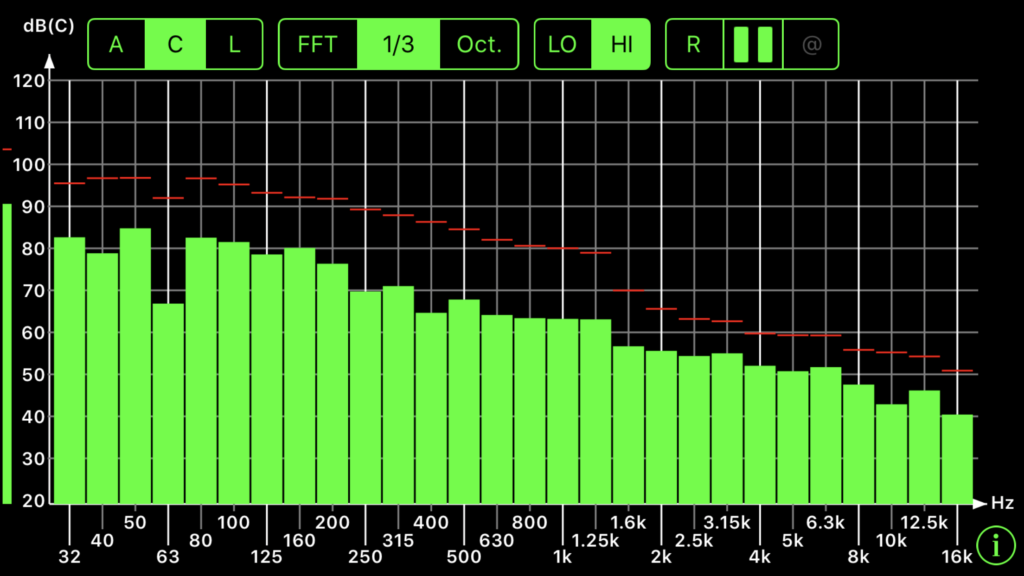
The measurement of noise can be accomplished using an app and your cell phone. You take the frequency and amplitude of the noise over seven days. You measure over the quietest parts of each day. You measure over the loudest parts of each day. This data gives us the minimum and maximum pressure numbers for each day. You measure over seven days so we get a picture of the noise issues over the complete week. This data allows us to design a room where you can use any time or day of the week without noise dicating usage times. Once we have collected all the data, we can then begin the design process whether our goal is soundproofing for doors or walls. The design includes taking the noise numbers and designing a wall or door that has the correct material types, density, and construction methodology to deal with the measured noise numbers. If our noise amplitudes and frequencies are below 100 Hz., we will use a certain barrier type. If they are above 100 Hz., we will use another barrier type. Lower frequency noise issues require a different structure with a different density than middle and higher frequency issues due to the strength of the wavelengths involved.
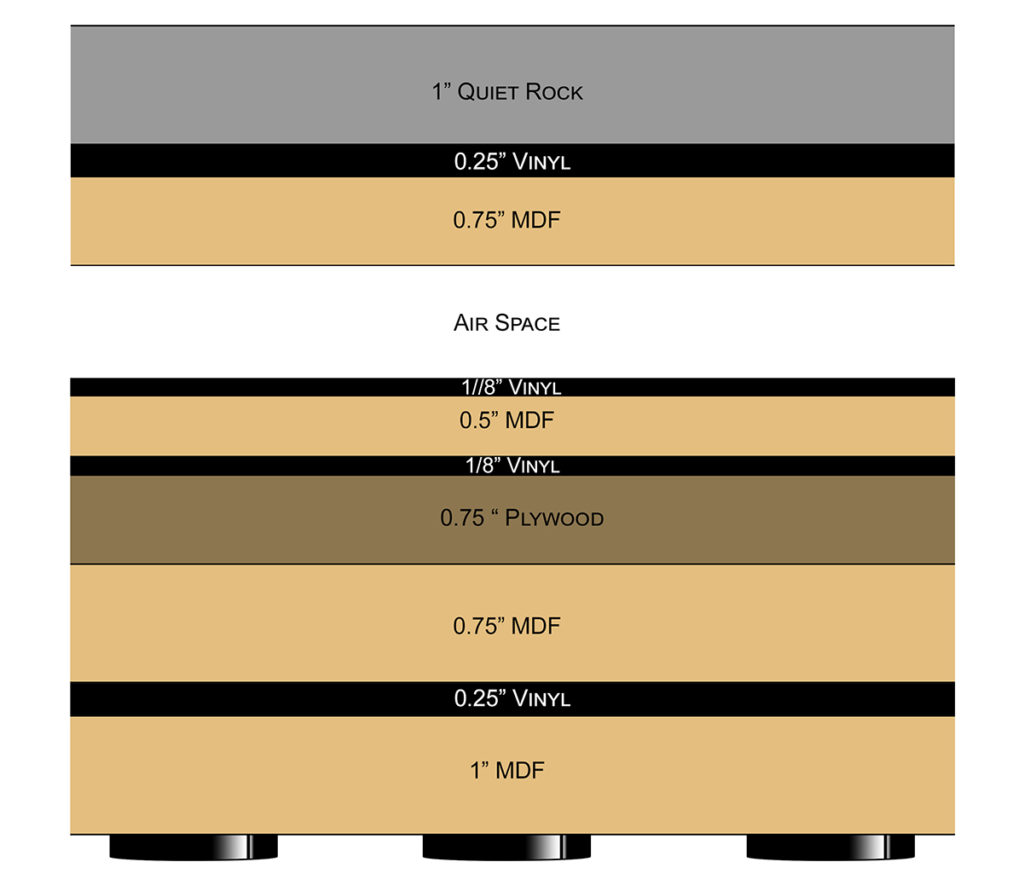
The barrier build process consists of using common construction methods and materials. There is no need for exotic materials or wild terms such as “acoustic construction”. Companies put the word acoustic in front of things to make it sound complicated to the uniformed. This way they can add to the confusion and charge more money. We know builders who hear the word acoustic and automatically add 30% to their costs. There is no need for special material types or fancy construction methods when it comes to dealing with noise. Identifying the frequency and amplitude of the noise issue is the first step. The second step is using the correct material types and construction methodologies to deal with the frequency and amplitudes of our noise measurements. This is the difficult part. Only building experience with adequate testing will give one the knowledge to move from the measurements to the actual build process. Only experience with actual build projects will give a company the ability to guarantee the end results. No guessing in our processes. This is why we can guarantee our work. This pertains to the soundproofing of doors or any other structure type.
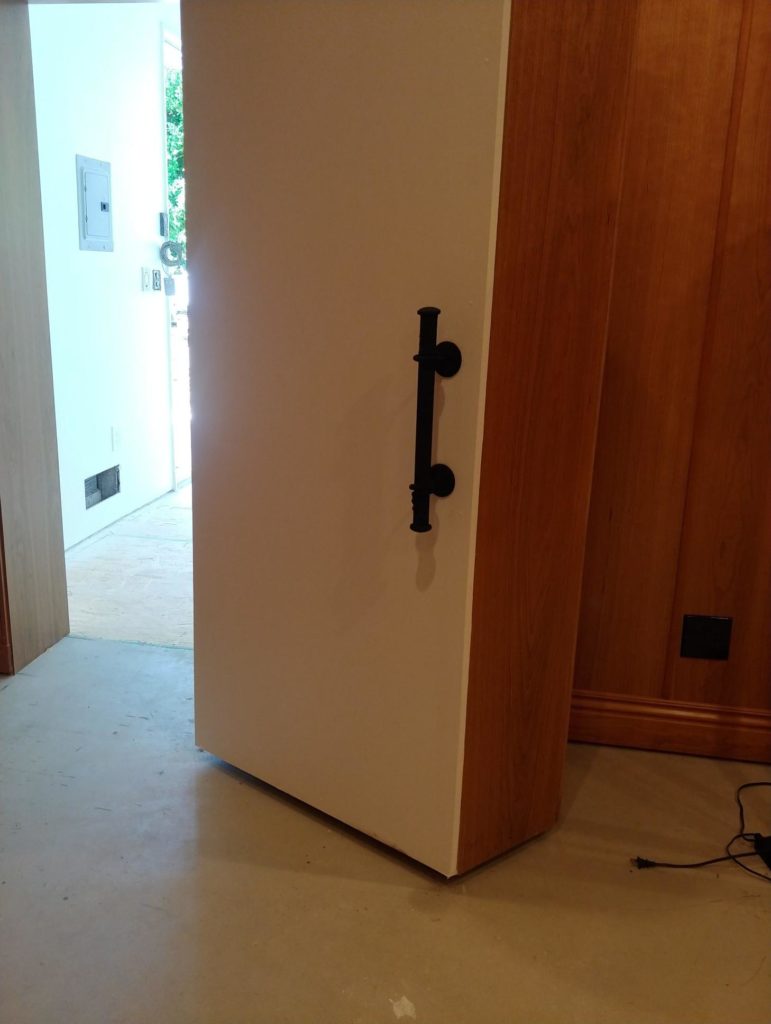
If you have a noise issue, we can assist you. We can provide the apps you need for your phone and the measurement process. We can also provide you with our data sheet to record the frequency and amplitude of the noise. Once you have recorded the numbers for the week time period, you send the data sheet back to us. We analyze your numbers and then design the appropriate barrier technology to treat your specific noise issues. Everyone’s noise issues are different. After we analyze the numbers, we then send you a drawing so you can build the barrier yourself or have a contractor assist you. Remember all of our processes are designed to be built by general contractors with no special acoustic skill set required. We are also available to consult with your contractor if there are any questions about the materials or construction methodology. Once your barrier is built, you will have a complete solution to your noise transmission issues. 100% fixed, 100% right, 100% guaranteed.
About Us At Acoustic Fields: https://www.acousticfields.com/about/


